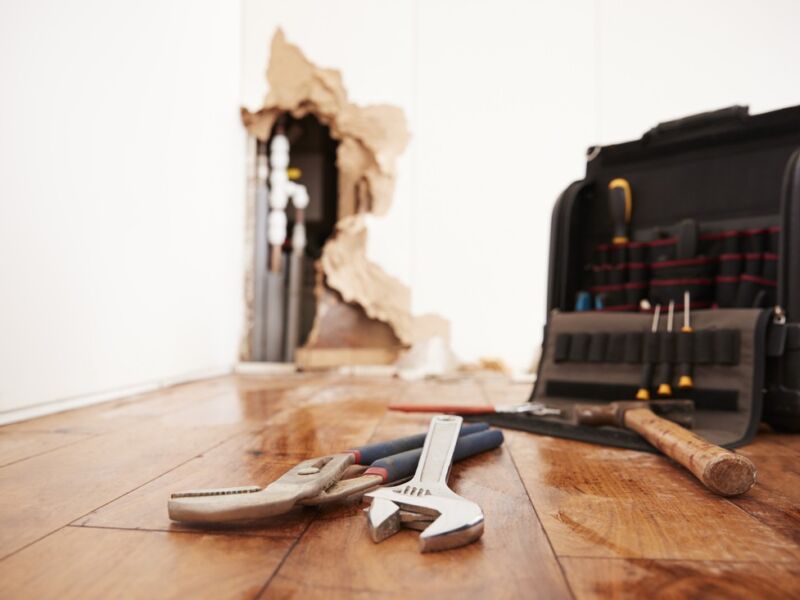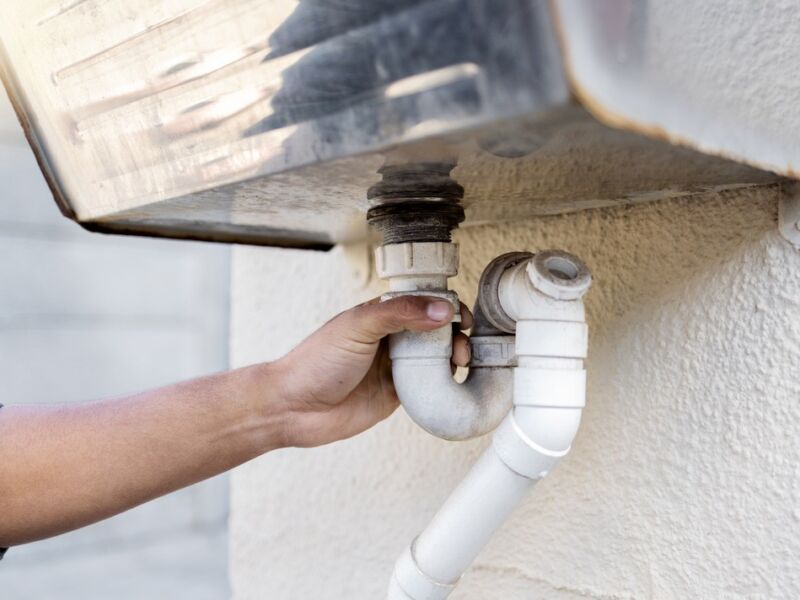
Introduction
Water damage can have a detrimental effect on various surfaces and materials, including furniture. Whether it’s due to a burst pipe, flooding, or accidental spills, water can cause irreversible damage to your beloved pieces. In this article, we will explore the impact of water damage on furniture, discuss prevention strategies, and delve into the process of water damage restoration for furniture.
The Effects of Water Damage on Furniture
When water comes into contact with furniture, it can have several negative consequences. Let’s explore some of the common effects:
1. Discoloration
Water can cause the color of furniture to fade or become distorted. Wood, fabric, and other materials may lose their original hue, resulting in an unsightly appearance.

2. Warping and Swelling
Exposure to moisture can lead to warping and swelling of wooden furniture. This can cause the furniture to become misshapen and unstable.
3. Mold and Mildew Growth
When furniture remains damp for an extended period, it creates a favorable environment for mold and mildew growth. These fungi not only damage the furniture but also pose health risks to occupants.
4. Odor
Water damage can result in lingering odors in furniture. Mold and mildew growth, as well as trapped moisture, can create unpleasant smells that are challenging to remove.
5. Structural Integrity Compromised
Water can weaken the structural integrity of furniture, causing joints to loosen, frames to warp, and overall instability. This can lead to furniture becoming unsafe to use.
Preventing Water Damage to Furniture
While accidents happen, there are preventive measures you can take to minimize the risk of water damage to your furniture:

1. Avoid Placing Furniture in High-Risk Areas
Keep furniture away from areas prone to water leaks, such as under pipes and near windows. This reduces the likelihood of direct exposure to water.
2. Use Furniture Protectors
Covering furniture with waterproof or water-resistant materials can help protect it from spills and minor water incidents. Utilize coasters, table cloths, and protective covers where necessary.
3. Regular Maintenance
Engage in regular furniture maintenance, including dusting, cleaning, and treating materials with appropriate finishes. This helps to keep furniture in good condition and prevents water damage from becoming worse.
4. Quick Action on Spills
Accidents happen, and spills are inevitable. When a spill occurs, blot the area immediately with a clean cloth to minimize the absorption of moisture by the furniture.
Restoration of Water-Damaged Furniture
If water damage occurs despite preventive measures, it’s essential to take immediate action to restore the furniture. The restoration process may involve the following steps:
1. Assessment and Evaluation
A professional restoration specialist will assess the extent of the water damage and evaluate the condition of the furniture. This evaluation guides the restoration process.
2. Drying
The furniture needs to be thoroughly dried to prevent further damage and inhibit mold growth. This may involve utilizing techniques such as dehumidifiers, fans, and specialized drying equipment.
3. Cleaning and Sanitization
All affected surfaces of the furniture will be thoroughly cleaned and sanitized to remove any mold, mildew, or bacteria that may have formed. This process restores the cleanliness of the furniture.
4. Repair and Restoration
Any damaged or warped components of the furniture will be repaired or replaced. Restoration specialists may use techniques such as refinishing, reupholstering, or repairing joints to bring the furniture back to its original condition.
5. Odor Removal
Specialized techniques and products may be utilized to effectively remove lingering odors from the furniture. This ensures a pleasant-smelling and comfortable environment.
Frequently Asked Questions about the Impact of Water Damage on Furniture
What should I do if my furniture gets water damage?
Can I repair water-damaged furniture on my own?
Important Facts and Statistics about Broken Pipes
- The development of statistics in the exploratory analysis was carried out with pipe breaks between 1995 and …-src:Pipe breaks and estimating the impact of pressure control in water …
- Major environmental stressors, such as earthquakes and tremors, cause the most severe pipe damage for properties along geological fault lines.
- Broken pipes tend to be the symptom of another problem, and that problem will also need to be resolved.-src:Burst & Damaged Pipes: How Leaks Can Cause Water Damage
- Clogged pipes are often caused by: Grease, Hair, Inappropriate items being flushed down pipes, Food scraps, Floss, Diapers, Sanitary products-src:Common Causes of Clogged Drains And Broken Pipes
- According to The Oregonian/OregonLive, a broken sprinkler pipe was the culprit.
- A recent study found that the Chicago area alone is losing 22 billion gallons of treated water per year through leaky pipes.
For more information and professional assistance in water damage restoration, contact JGW Group Water Damage Restoration Deerfield Beach at 754-294-5716.



